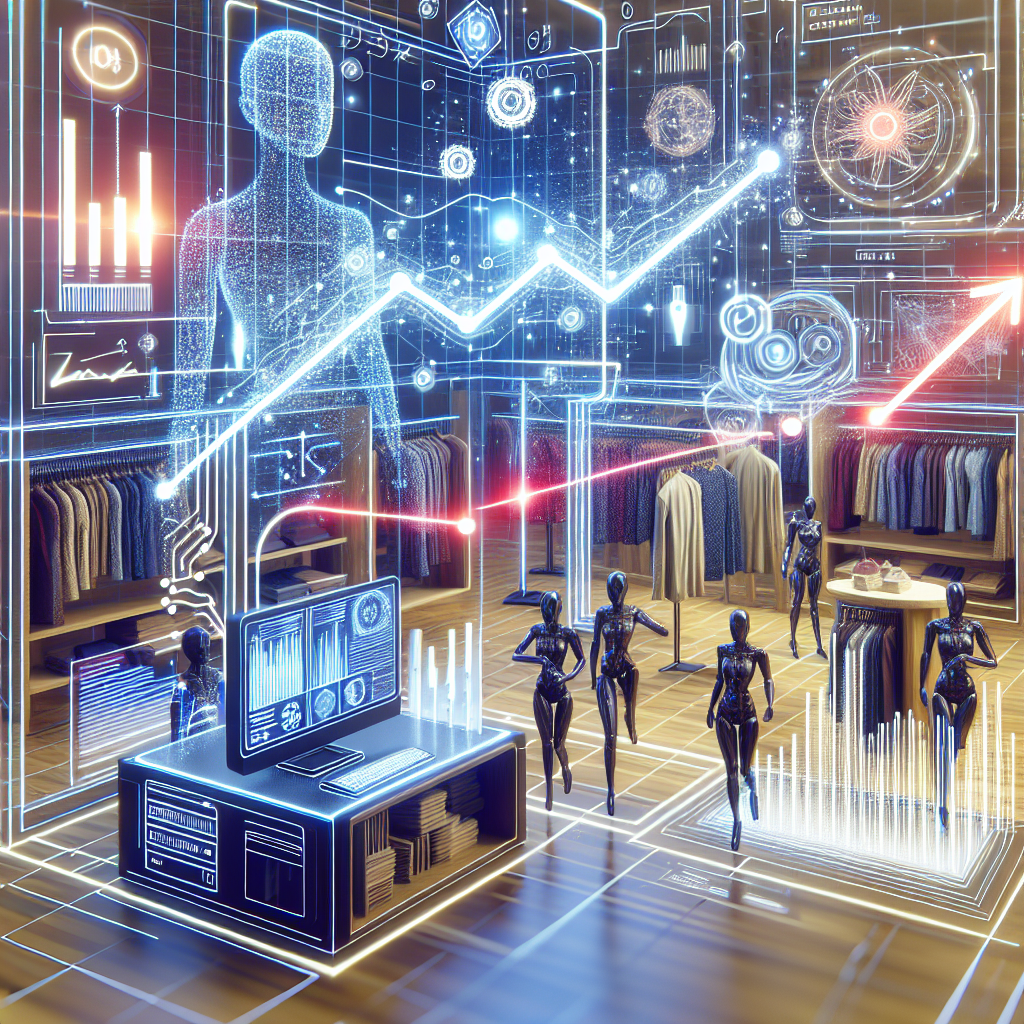Introduction
Artificial intelligence (AI) has revolutionized many industries, and fashion retail is no exception. One of the key areas where AI is making a significant impact in fashion retail is pricing optimization. By leveraging AI technology, fashion retailers can maximize their profit margins by setting the right prices for their products. In this article, we will explore how AI is being used in fashion retail pricing optimization and how it is helping retailers stay ahead of the competition.
AI and Fashion Retail Pricing Optimization
Traditionally, pricing in fashion retail has been a complex and time-consuming process. Retailers had to rely on historical sales data, market trends, and gut instincts to set the prices for their products. However, with the advent of AI, retailers now have access to powerful tools that can analyze vast amounts of data and provide valuable insights to help them make informed pricing decisions.
AI-powered pricing optimization tools use machine learning algorithms to analyze various factors such as customer behavior, competitor prices, inventory levels, and market demand to recommend the optimal prices for products. These tools can also take into account external factors such as weather, holidays, and events to further refine pricing strategies.
By leveraging AI technology, fashion retailers can dynamically adjust prices in real-time based on changing market conditions and customer preferences. This allows retailers to maximize their profit margins by pricing products at the right level to drive sales while also maintaining a competitive edge in the market.
Benefits of AI in Fashion Retail Pricing Optimization
There are several benefits of using AI in fashion retail pricing optimization:
1. Increased Profit Margins: By setting the right prices for products based on AI-driven insights, retailers can maximize their profit margins and increase their bottom line.
2. Competitive Advantage: AI-powered pricing optimization tools can help retailers stay ahead of the competition by dynamically adjusting prices in response to market trends and competitor prices.
3. Improved Customer Experience: By pricing products competitively, retailers can attract more customers and enhance their shopping experience, leading to increased sales and customer loyalty.
4. Efficient Pricing Strategy: AI technology can automate the pricing process, saving retailers time and resources while ensuring that prices are optimized for maximum profitability.
5. Data-Driven Decisions: AI tools can analyze vast amounts of data to provide retailers with valuable insights that can help them make informed pricing decisions.
FAQs
Q: How does AI analyze customer behavior to optimize pricing?
A: AI-powered pricing optimization tools can analyze customer data such as purchase history, browsing behavior, and demographics to understand customer preferences and willingness to pay. By segmenting customers based on these insights, retailers can tailor pricing strategies to specific customer segments to maximize sales and profits.
Q: Can AI predict market trends and competitor prices?
A: Yes, AI technology can analyze market trends and competitor prices in real-time to provide retailers with up-to-date insights that can inform pricing decisions. By monitoring competitor prices and market trends, retailers can adjust their prices accordingly to stay competitive and maximize profitability.
Q: How does AI take external factors into account when optimizing pricing?
A: AI-powered pricing optimization tools can incorporate external factors such as weather, holidays, and events into their analysis to refine pricing strategies. By considering these external factors, retailers can better understand how they impact customer behavior and adjust prices accordingly to drive sales.
Q: How can retailers implement AI-powered pricing optimization in their operations?
A: Retailers can implement AI-powered pricing optimization by partnering with technology providers that offer AI solutions tailored to the fashion retail industry. These providers can help retailers integrate AI technology into their pricing processes and provide ongoing support to ensure that pricing strategies are optimized for maximum profitability.
Conclusion
AI is transforming the fashion retail industry by revolutionizing pricing optimization. By leveraging AI technology, retailers can set the right prices for their products based on customer behavior, market trends, and competitor prices to maximize profit margins and stay ahead of the competition. With the benefits of increased profit margins, competitive advantage, improved customer experience, efficient pricing strategy, and data-driven decisions, AI is proving to be a game-changer in fashion retail pricing optimization. Retailers that embrace AI technology in their pricing strategies are poised to thrive in the ever-evolving and competitive fashion retail landscape.

